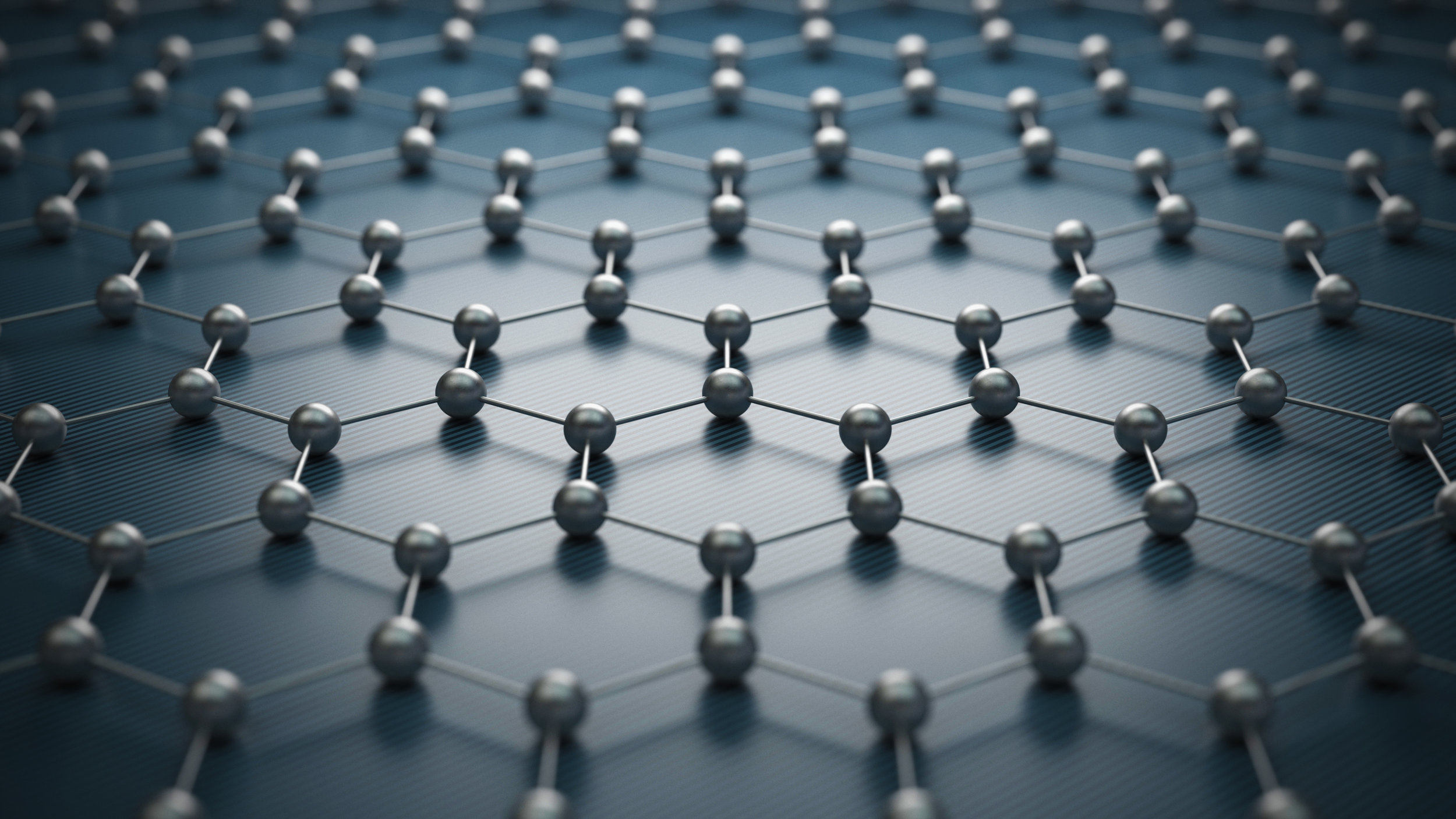Hall error revelations raise aspirations for 2-D materials

One of the first things people do when they come across a new material with potentially interesting electronic properties is to measure the Hall voltage. Never has this been more true than with the explosion of new 2-D materials, but it turns out that often, devices made out of 2-D materials intended to take Hall voltage measurements have inappropriate geometry. This is just what Adam Micolich and his team at the University of New South Wales found when they began studying the characteristics of the 2-D III-V semiconductor InAs, and realized there was a mismatch they needed to account for between the set-up they had and the set-up they were aiming for. "We figured this must be in the literature; we can't be the first to want to correct this, but there was actually nothing out there,"
With Ph.D. student Jakob Seidl and postdoc Jan Gluschke keen to determine by how much the non-ideal geometry of 2-D devices affects their Hall measurements, the researchers began modeling the set-up and performing a series of painstaking experiments on 2-D Hall devices with different geometries. What they found was that obstacles to achieving the ideal geometry for Hall measurements were not introducing minor inaccuracies; in fact, measurements were generally out by a factor of two, and in some instances, a whole order of magnitude. "And the interesting thing was that in most cases, it meant that people underestimate the thing that they value the most, which is the mobility of the materials," adds Micolich. "Their materials are better than they think they are, they just can't see it because their set-up is not ideal."
The problem with 2-D
The Hall effect refers to the voltage that results when a magnetic field is applied to a material with a current running through it, in which all three are perpendicular to each other. This Hall voltage gives an excellent indication of the density of electrons in a material, which together with the mobility, gives the material's overall conductivity.
For Micolich, materials with awkward morphologies for Hall measurements are an old problem. The group's work spun out of previous work on III-V nanowires, where the problem was attaching the electrodes to measure the Hall voltage to such a narrow device without contacting one another and then measuring the tiny voltage that results over such small distances. For nanowires, the difficulty in actually getting any measurement means scientists have resorted to all sorts of often unsatisfactory workarounds to gauge the electronic properties. However, Lars Samuelson's group in Lund and Thomas Schapers group in Julich demonstrated the first experiments to achieve the nanoscale dexterity and sensitivity needed for Hall measurements of nanowires.
Systematic Hall measurements on 2D InAs with different geometries reveals inaccuracies that lead to significant underestimates for their key figure of merit, electron mobility. Credit: Adam Micolich
About a year ago, Philippe Caroff and colleagues at the Australian National University found they could adjust the template to grow arrays of InAs not in the shape of nanowires, but with the width stretched into 2-D "nanofins." Here, Hall measurements should have been a little more straightforward since the Hall voltage was generated over a greater distance, leading to larger values that should be easier to measure. However, although it is possible to take Hall measurements with 2-D materials, the ideal geometry is a rectangle longer than it is wide with a pair of point contacts touching just the sides of the 2-D material. In experiments, these point contacts have a finite width that can be quite large in terms of the length of the device. Also, part of the electrode inevitably ends up overlapping the top of the 2-D material because they are so thin. "The little bit of metal on the top actually matters quite a lot," says Micolich.
Another idiosyncrasy of working with 2-D materials is the problems of reproducing identical morphologies, which makes systematic comparisons of the effect of geometry particularly difficult. Here, Micolich and his team had the advantage of working on nanofins that were grown in batches of millions of almost identical fins at a time. To further lessen the effects of device variation on the results, they used as few fins as possible and attached multiple sets of electrodes with different spacings, shapes, and overlaps to compare like for like as much possible.
Corrections on hand
Not only does the work highlight that these materials can perform better than previously thought, but they provide tables of the measurements so that people can work out how to correct for the shortcomings of their own devices. The corrections outlined are expected to apply to all materials regardless of their specific properties as only the geometry of the device affects the measurements.
Micolich suggests there have probably been many groups over the years who have realized their devices don't fit the ideal geometry for Hall measurements and may have been disappointed to find nothing in the literature pointing out how to correct for the effect.
"Well," says Micolich, "now there is."





